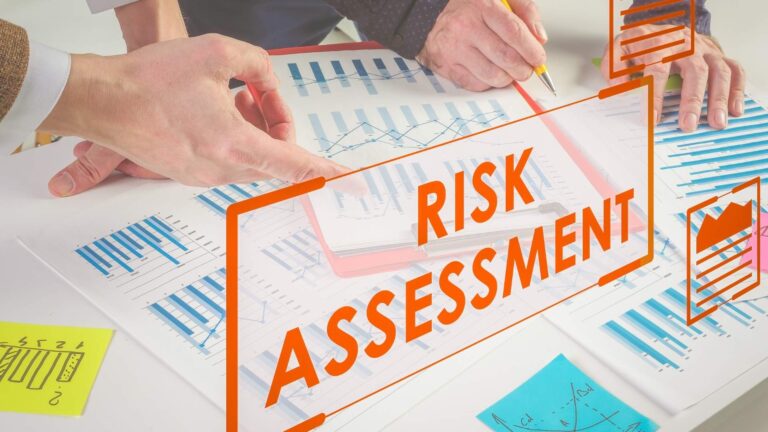
Change Management Models: Understanding and Applying the Right Frameworks
In today’s fast-paced business environment, organizations must constantly adapt to survive and thrive. Whether it’s implementing new technology, restructuring departments, or shifting strategic goals, change is inevitable. However, managing change effectively is a challenge many companies struggle with. That’s where change management models come into play. These frameworks provide structured approaches to navigate and implement organizational change successfully. In this article, we’ll explore some of the most popular change management models, their key components, and how to choose the right one for your business.
Why Change Management Models Matter
Change management models offer a roadmap for leaders and managers to guide their teams through transitions. Without a structured model, change initiatives often face resistance, miscommunication, and failure. Effective models help ensure alignment, reduce uncertainty, and increase the likelihood of a successful outcome. They also promote engagement, minimize disruption, and provide a measurable framework to evaluate progress.
Top Change Management Models
1. Lewin’s Change Management Model
Developed by psychologist Kurt Lewin in the 1940s, this model is one of the earliest and simplest frameworks. It breaks down change into three key stages:
- Unfreeze: Preparing the organization to accept that change is necessary. This involves breaking down the existing status quo before you can build up a new way of operating.
- Change: Implementing new processes, behaviors, or ways of thinking. Communication, support, and involvement are critical at this stage.
- Refreeze: Reinforcing and institutionalizing the new ways to ensure they become the standard practice. This might involve updating policies, training, or celebrating early successes.
Lewin’s model is particularly effective for small to medium-sized changes and helps create a stable foundation for long-term transformation.
2. Kotter’s 8-Step Change Model
Developed by John Kotter, a professor at Harvard Business School, this model provides a more detailed approach, particularly suitable for large-scale transformations. The eight steps are:
- Create a sense of urgency
- Build a guiding coalition
- Form a strategic vision
- Communicate the vision
- Empower others to act
- Generate short-term wins
- Sustain acceleration
- Institute change
This model emphasizes the importance of leadership, communication, and momentum in achieving lasting change.
3. ADKAR Model
The ADKAR model, developed by Prosci founder Jeff Hiatt, focuses on individual change as the building block of organizational transformation. ADKAR stands for:
- Awareness of the need for change
- Desire to participate and support the change
- Knowledge on how to change
- Ability to implement required skills and behaviors
- Reinforcement to sustain the change
This model is highly practical and can be used both at an individual and organizational level. It is particularly useful for managers responsible for supporting team members during transitions.
4. McKinsey 7-S Framework
The McKinsey 7-S Framework looks at seven interdependent elements within an organization to determine how well-aligned they are with each other and with the intended change. These elements are:
- Strategy
- Structure
- Systems
- Shared values
- Skills
- Style
- Staff
It’s a holistic model that helps leaders assess and realign all aspects of their organization to support the change initiative.
5. Bridges’ Transition Model
Developed by William Bridges, this model focuses on the emotional and psychological transitions people go through during change. It consists of three stages:
- Ending, Losing, and Letting Go: Recognizing and dealing with the losses people experience when things change.
- The Neutral Zone: A time of uncertainty and exploration, where old habits are gone but the new ones aren’t fully developed.
- The New Beginning: People begin to embrace the change and develop new identities and processes.
This model is particularly effective for managing the human side of change and fostering empathy and support during transitions.
How to Choose the Right Change Management Model
No one-size-fits-all approach exists when it comes to change management. The best model for your organization will depend on factors such as the scope of the change, company culture, available resources, and leadership style. Here are some guidelines to help choose the right model:
- For simple, straightforward changes, consider Lewin’s model for its clarity and simplicity.
- For large-scale organizational change, Kotter’s 8-Step Model provides a detailed roadmap with leadership focus.
- For people-focused change, the ADKAR model helps address individual needs and concerns effectively.
- If you’re dealing with complex systems and structural changes, McKinsey’s 7-S Framework ensures all internal elements align.
- When navigating emotional and psychological transitions, Bridges’ model offers insights into employee experience and engagement.
Implementing Change Successfully
Once a model is selected, successful implementation depends on clear communication, active leadership, and consistent follow-through. Key practices include:
- Engaging stakeholders early and often
- Providing training and resources
- Celebrating quick wins
- Monitoring progress and adapting strategies as needed
- Reinforcing the change through policies, recognition, and culture-building
Conclusion
Change is inevitable, but chaos doesn’t have to be. By leveraging the right change management models, businesses can navigate transitions with confidence and clarity. Whether you’re rolling out a new software platform or transforming company culture, applying a structured framework increases your chances of success. Evaluate your needs, understand your people, and implement a model that aligns with your goals. The result? A more resilient, adaptable, and future-ready organization.




